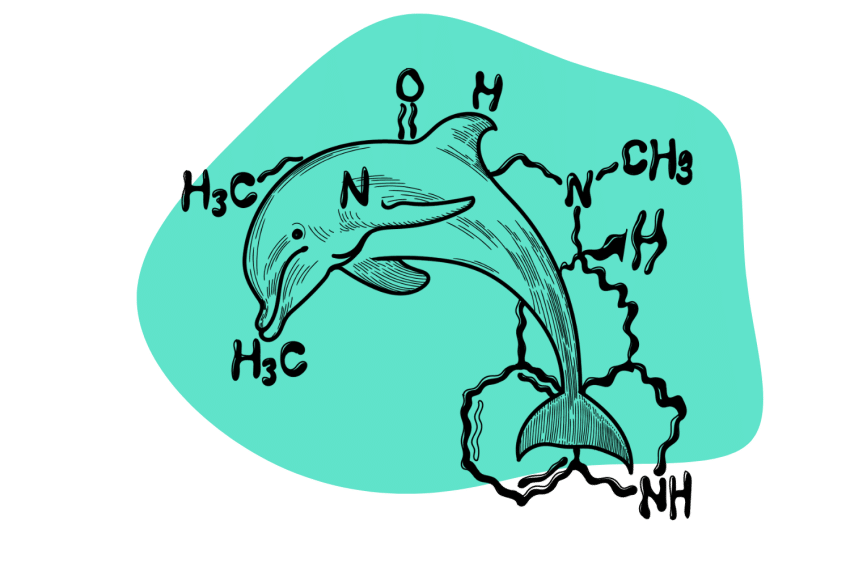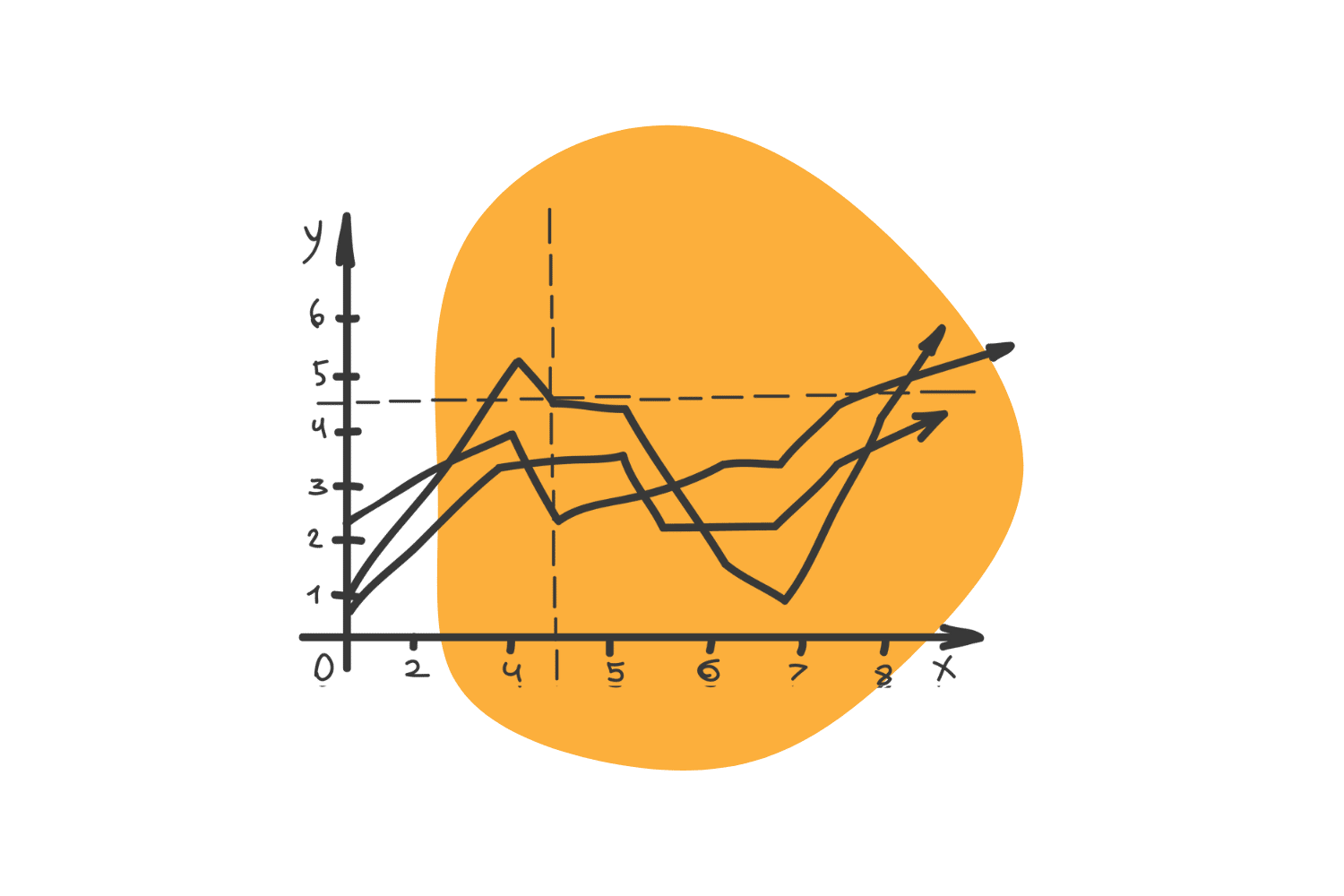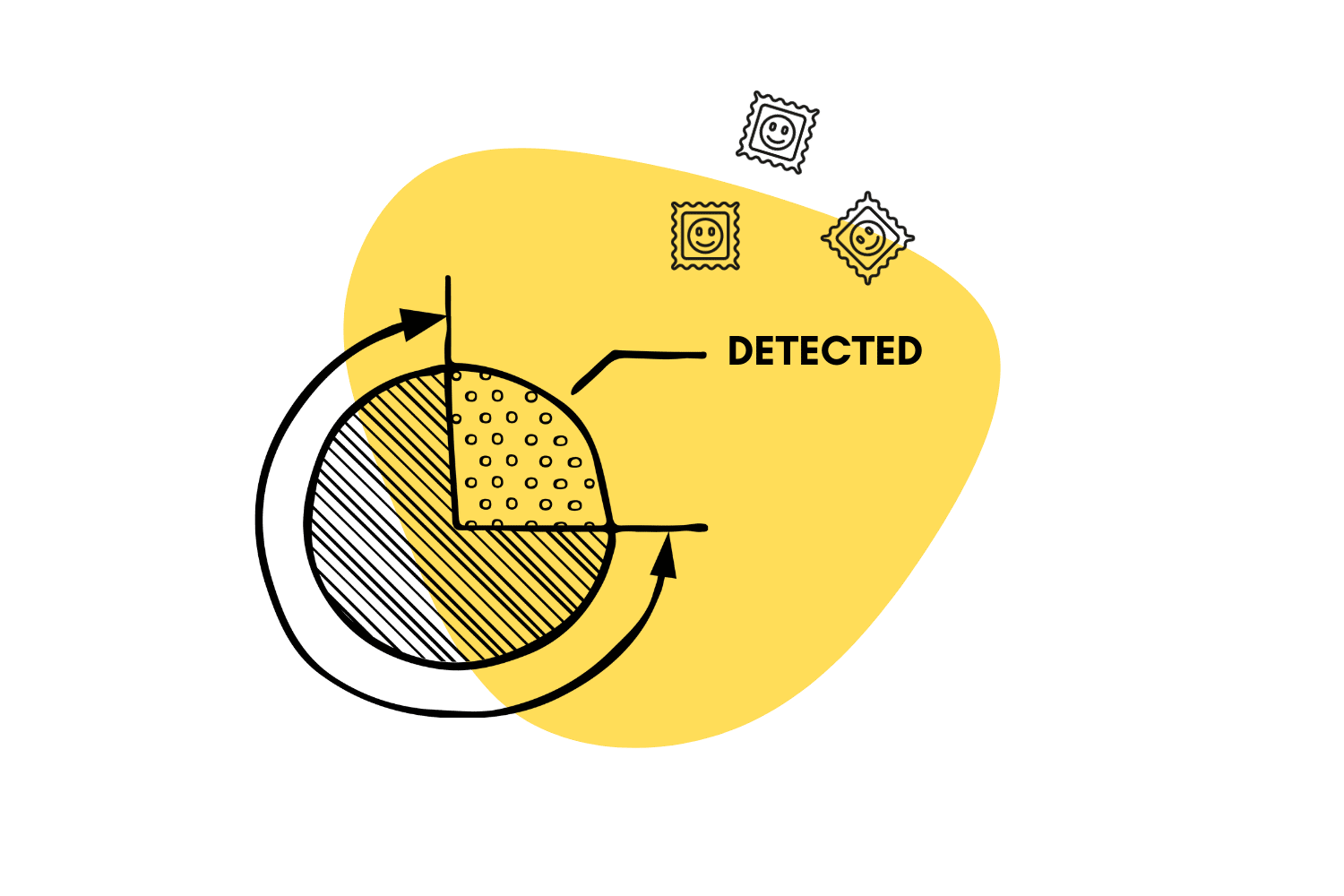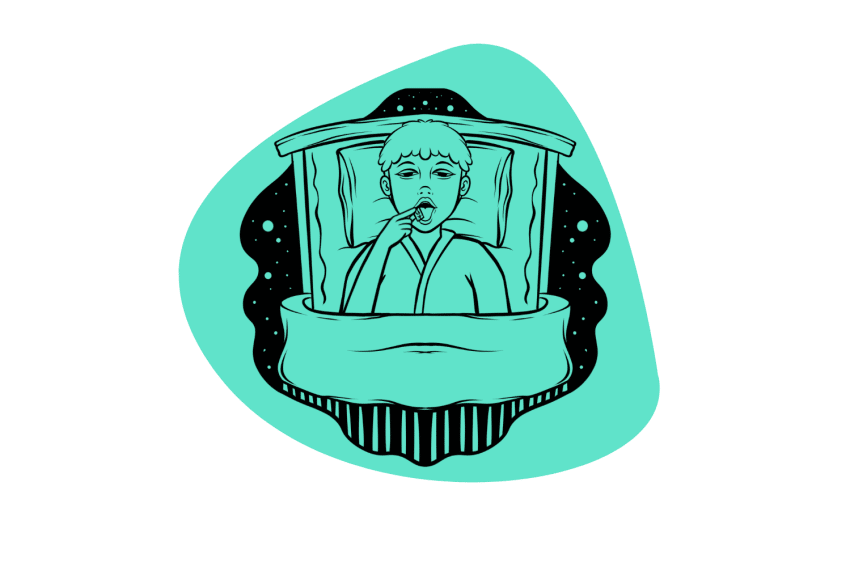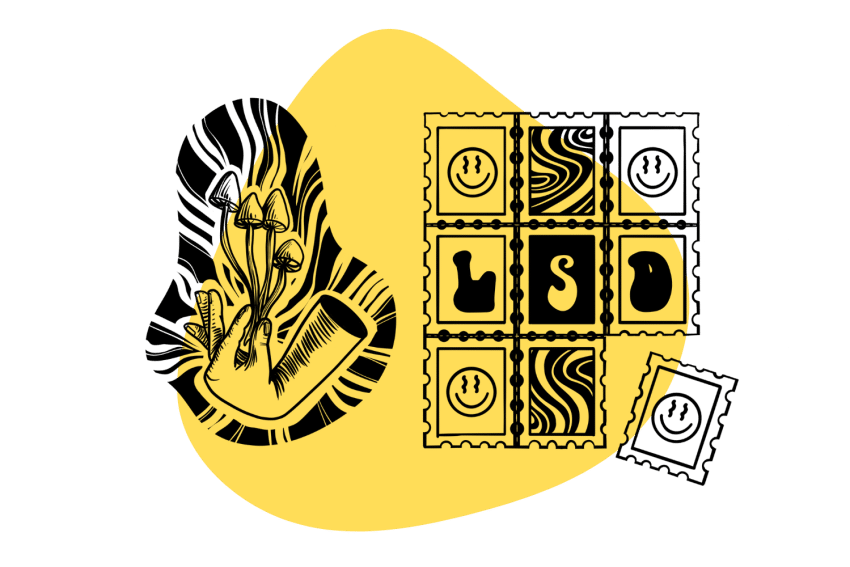Is LSD Addictive?
No, LSD is not “addictive” — at least, not in the conventional sense. But that doesn’t mean it can’t be used too often or for the wrong reasons.
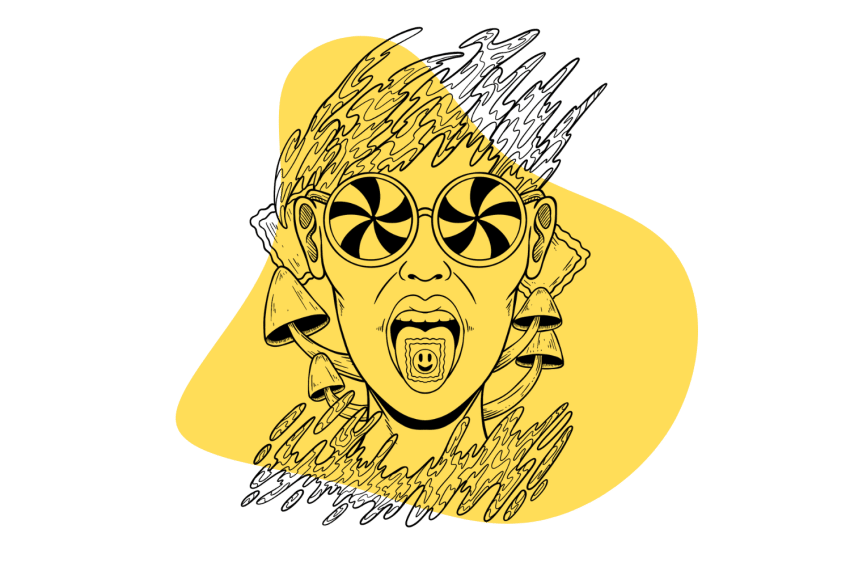
LSD (AKA ‘Acid’) is one of the most recognizable psychedelics on Earth. It’s at least partly responsible for inspiring artists during the psychedelic renaissance in the 1960s and the infamous MK Ultra CIA conspiracy.
There’s a lot of misinformation out there surrounding LSD — specifically whether or not it’s addictive.
Some people swear (mostly those who haven’t experienced it) that once you try acid, you’re hooked.
Let’s be clear: LSD is not a physically addictive substance. However, people can develop a compulsive impulse to experience its effects.
Here, we’ll dive into the psychological effects of LSD and why this topic is more complicated than you might think.
What Is Drug Addiction?
Drug addiction is a chronic relapsing disease that causes compulsive drug use despite harmful consequences. It’s a complex disease that affects the brain in multiple ways, changing circuits involved with self-control, pleasure, and stress long after the user stops taking the substance(s) [2].
Treatment options for drug addiction usually include behavioral therapy, detox programs, medications, and the development of support networks from family and friends.
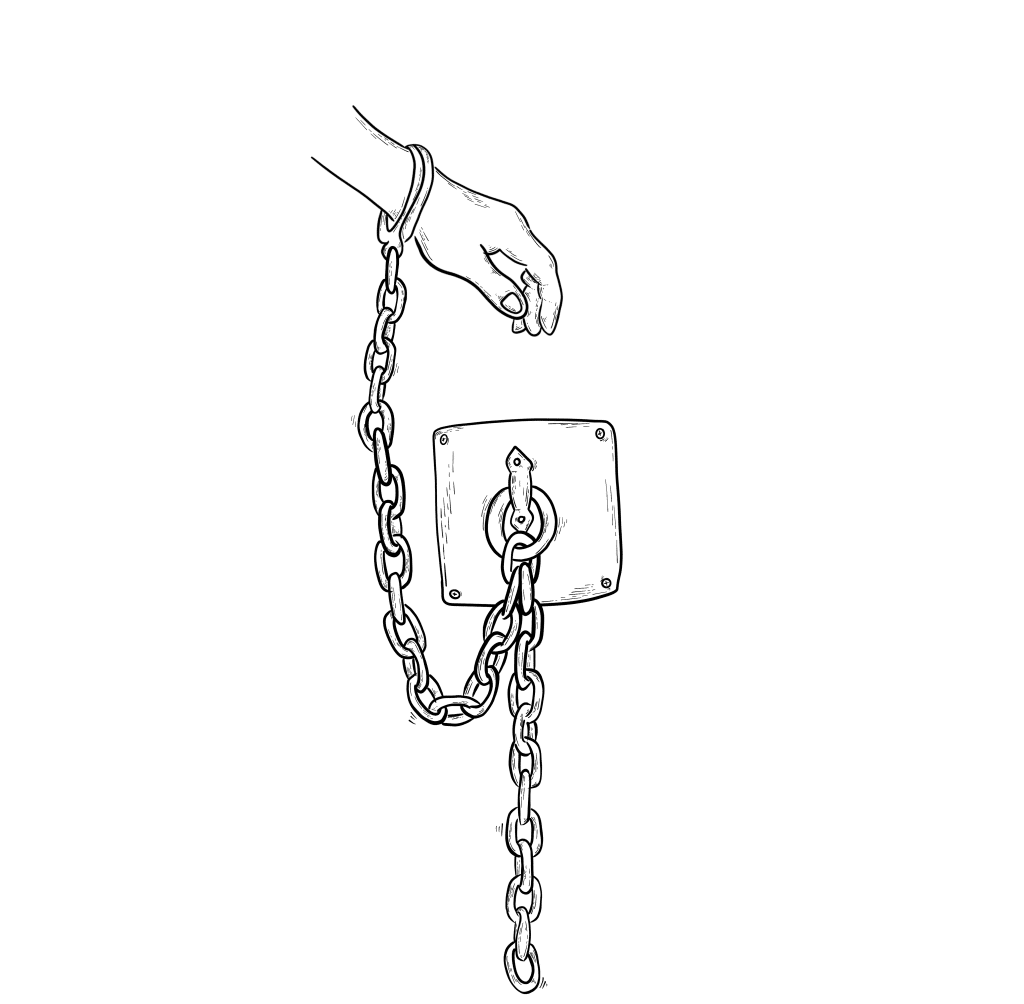
Is Lysergic Acid Diethylamide Addictive?
LSD isn’t considered a physically addictive drug the way cocaine, heroin, or nicotine are, but it can still be abused.
Most physically addictive drugs affect reward circuits in the brain that cause a sense of euphoria and lead to compulsive drug-seeking behavior. So despite the fact that LSD can produce intense feelings of joy, it doesn’t fit the criteria for a physically addictive compound.
There is currently no indications that suggest LSD to be physically addictive. However, some people can become addicted to the effects of LSD — such as visual hallucinations, intense emotions, and creative insights.
The intense hallucinations and reflective nature of LSD isn’t an experience many users take lightly. Most people need breaks from their acid trips to fully understand the insights gained under the influence and recover from mental exhaustion.
Some people are attached to LSD as a tool for spirituality and take it frequently. However, it’s nearly impossible to take every day because of tolerance. Tolerance to LSD this compound develops in as little as 24 hours after initial ingestion. By the fourth day of use, you’ll need approximately quadruple the initial dose to reach the same level of effects [1].
Related: What is LSD Tolerance? Can it be Reversed?
It can take up to a week of a tolerance break before the brain loses the resistance to the psychedelic effects from acid. The good thing is that stopping LSD use doesn’t result in withdrawal symptoms.
Using LSD frequently to overcome the tolerance build-up can be dangerous, given the unpredictability of the drug when purchased on the black market. Many acid tabs on the black market are adulterated with dangerous compounds such as 25I-NBOMe.
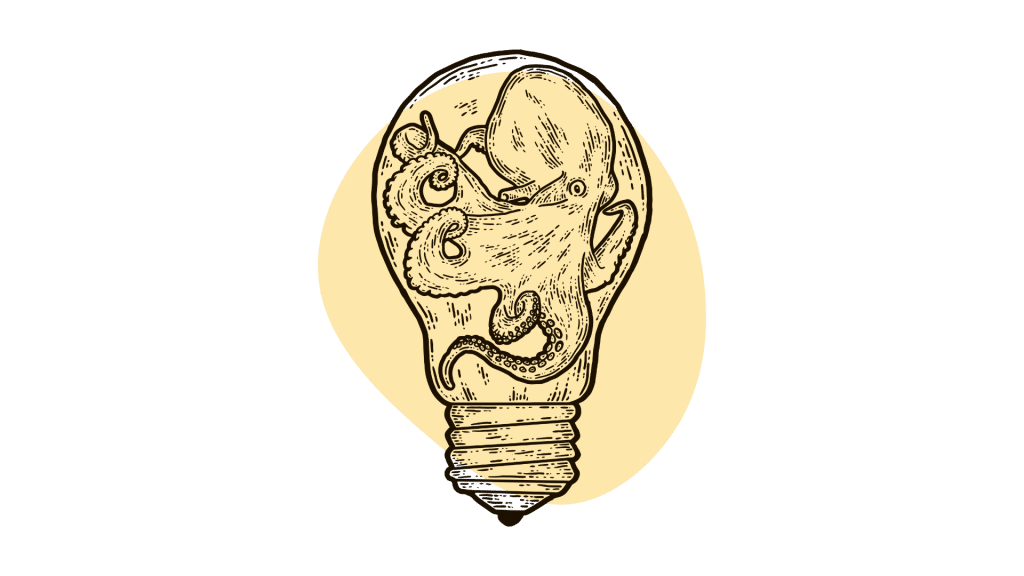
LSD & Behavioral Addiction
If LSD isn’t a physically addictive substance, how can people become addicted to LSD?
The answer lies in the concept of behavioral addiction.
People with behavioral addictions feel a compulsive desire to engage in certain behaviors. This classifies as an addiction if the user continues to seek out the behavior despite a clear negative impact on interpersonal relationships, health, and responsibilities.
Some common behavioral addictions include gambling, shopping, masturbation, and stealing despite these actions having a negative impact on their lives (such as financial or legal trouble).
While substance addiction is defined as a physiological change in the body’s homeostasis default setting in response to a compound, behavioral addiction is seen as more impulse control disorder in the DSM-V [5].
Still, individuals who become psychologically dependent on the hallucinations produced on LSD must wait extended periods of time or take ever-increasing doses of LSD because of tolerance formation.
LSD Drug Abuse: Signs & Symptoms
LSD addiction is rare, but it’s important to recognize the signs of compulsive, destructive behavior in yourself and your loved ones. The sooner these patterns are identified, the easier they are to correct.
LSD addiction looks like typical substance abuse. People suffering from LSD addiction are also commonly abusing other drugs. Someone addicted to acid doesn’t just take it recreationally but uses it more and more frequently at extremely high doses. They will become obsessed with using LSD, even to the point of manipulating people around them to get it.

LSD Tolerance Versus Dependence
Tolerance is often associated with drug abuse and linked with the consequences of becoming dependent on the compound — but they’re not mutually linked. It’s possible to develop tolerance without becoming dependent.
Tolerance develops when the body loses sensitivity to a compound’s effects. When tolerance forms, the body requires larger doses to achieve the same intensity of effects.
Substance dependence is when a user becomes reliant on the active compound due to an adaptive state developed from drug use. Abstaining from the compound can lead to withdrawal symptoms as mild as fatigue, headaches, and moodiness or life-threatening such as depression, rapid heart rate, muscle pain, and vomiting.
Humans develop a tolerance to LSD within 24 hours of taking it [1]. This rapid tolerance development is why many LSD users can’t take the compound every day (they can take it, but it won’t have any effect).
LSD, even large and frequent doses, has not been observed to cause physical withdrawal symptoms, which is why compulsive LSD use is uncommon.
How Does LSD Tolerance Form?
The brain tries to maintain a well-balanced system for optimal function — this is called homeostasis.
When it recognizes a change in receptor activity, it rebalances the sensitivity of the receptors to adapt to the stimulus to maintain homeostasis.
Psychedelics like LSD, mescaline, and psilocybin activate the serotonin receptors 5–HT2A far past the normal range of activity, inducing an altered state of consciousness.
As a response, the body will make the necessary adjustments to reduce the compound’s excitatory effects the next time. This adjustment takes place just hours after the initial exposure to LSD.
The rapid onset of tolerance is likely why LSD and other classic psychedelics like psilocybin and mescaline aren’t consumed every day, and there are even reports of cross-tolerance between each of these psychedelics.
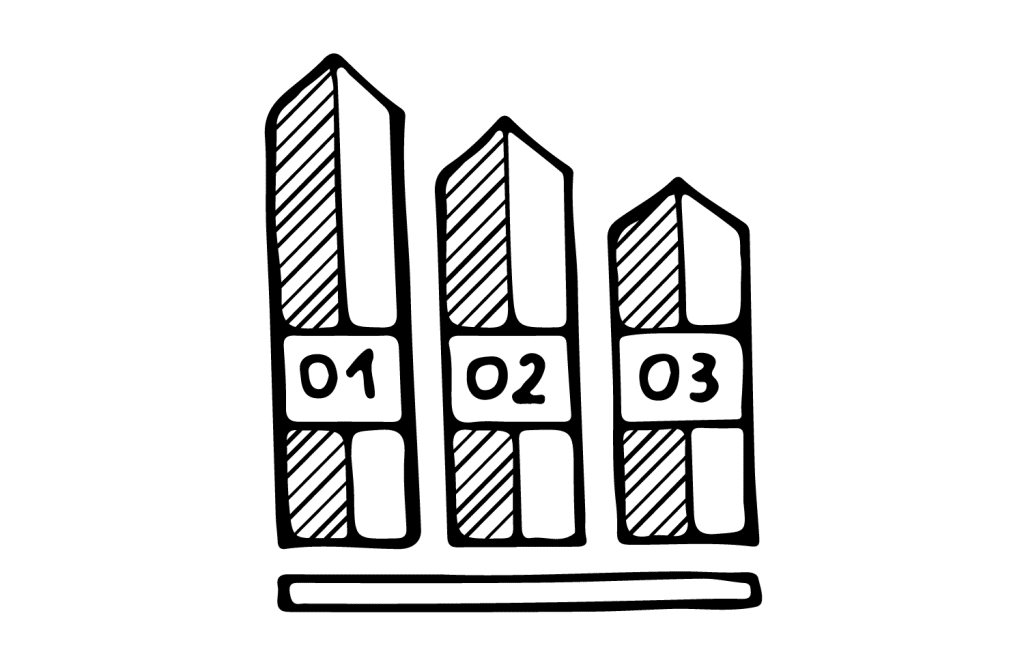
Understanding LSD
Lysergic acid diethylamide is a psychedelic hallucinogen derived from a species of rye fungus called ergot. The fungus produces significant changes in consciousness with doses as small as 20 micrograms. The drug is most commonly taken orally in the form of tabs — small pieces of blotter paper soaked in LSD — that’s absorbed through capillaries under the tongue before being swallowed.
This potent compound affects receptors in the brain that bind to serotonin, a neurotransmitter that regulates sensory perception, mood, sleep, hunger, and emotions.
LSD and other hallucinogenic drugs like psilocybin and mescaline interact with these same pathways to promote deep introspection in what’s sometimes referred to as a “resetting” of the default mode network — multiple brain processes responsible for daydreaming, rumination, the idea of oneself, memories, and planning for the future.
LSD trips can last anywhere from 8–12 hours, peaking at about 3–4 hours after ingestion.
Acid is commonly used for spiritual exploration, microdosing, and there is ongoing research that shows promise for LSD’s use in therapy.
Related: What is Psychedelic-Assisted Psychotherapy?
Because LSD isn’t a regulated compound, it’s difficult to know exactly how much LSD is contained in a single tab of acid, so the doses and their effects on the individual can be unpredictable. However, in general, a tab usually contains somewhere between 80 and 140 mcg of LSD.
LSD Effects
Individual experiences on LSD are largely dependent on the set and setting.
Even the same individual may have a different experience, given the context of the trip. The set refers to the user’s psychological state, while the setting is the environment and external circumstances.
Some experiences can be frightening and overwhelming, but for the most part, many people experience positive-life changing insights that make them feel empathetic, more creative, or have a deep sense of self-love that often persists weeks after the trip.
The common effects of LSD include:
- Visual and auditory hallucinations
- Sensory enhancement
- Inability to perceive time accurately (minutes can feel like hours)
- Personal insight and life revelations
- Excited mood and sense of euphoria
- Unusual thoughts
- Intense emotions
How Risky Is LSD Compared To Other Drugs?
There’s no question that LSD is a powerful psychedelic. But just how risky is it compared to other illicit drugs? The risks of LSD use are dependent on many factors, including the fundamentals of set and setting and one’s current mental health status.
Lysergic acid diethylamide is so potent that doses as small as 100 micrograms are enough to induce a powerful psychedelic journey that can last up to 12 hours. Because of this, it’s also much harder to reach doses that are considered toxic. Currently, there is no known lethal overdose of LSD [4].
While an acid trip is much less destructive to the body than alcohol, cocaine, or opioids, the experience can have profound psychological effects that can be challenging and potentially traumatic.
High doses of acid have the potential for a “bad trip” with frightening auditory and visual hallucinations and, in more serious cases, can lead to drug-induced psychosis where the user has difficulty differentiating reality from delusions even after the effects of acid wear off.
Those with an underlying mental health condition have close family members with a mental health diagnosis have a higher likelihood of developing psychosis or HPPD (hallucinogen persisting perception disorder) with frequent LSD use.
Negative Psychological Side Effects of LSD:
- Anxiety
- Delusions
- Depression
- Dissociation
- Feelings of intense fear and impending doom
- Flashbacks
- Hallucinogen Persisting Perception Disorder (HPPD)
- Introversion
- Panic attacks
- Paranoia
- Suicidal thoughts
LSD Harm Reduction
LSD has relatively low risks to one’s physical health compared to other drugs — it’s not an addictive compound, and it’s rarely used compulsively due to the rapid development of tolerance. There’s simply no point in taking it every day because it won’t work very well without at least several days between doses.
That being said, the hallucinogenic effects of LSD can be a very profound and overwhelming experience — and not always in a good way.
While there has never been a lethal overdosing case on LSD, not all LSD available is real LSD.
Because LSD remains illegal in many parts of the world outside of a clinical setting, it can be difficult to know exactly what you’re getting when you buy from black market vendors.
Common LSD adulterants to look out for are NBOMes; while the visual hallucinogenic effects of this compound, many of the other effects are unpredictable, and the dosage range is very narrow. Taking high doses of NBOMes has been linked to hospitalizations and deaths.
Testing your psychedelics is a critical step in responsible and safe psychedelic use.
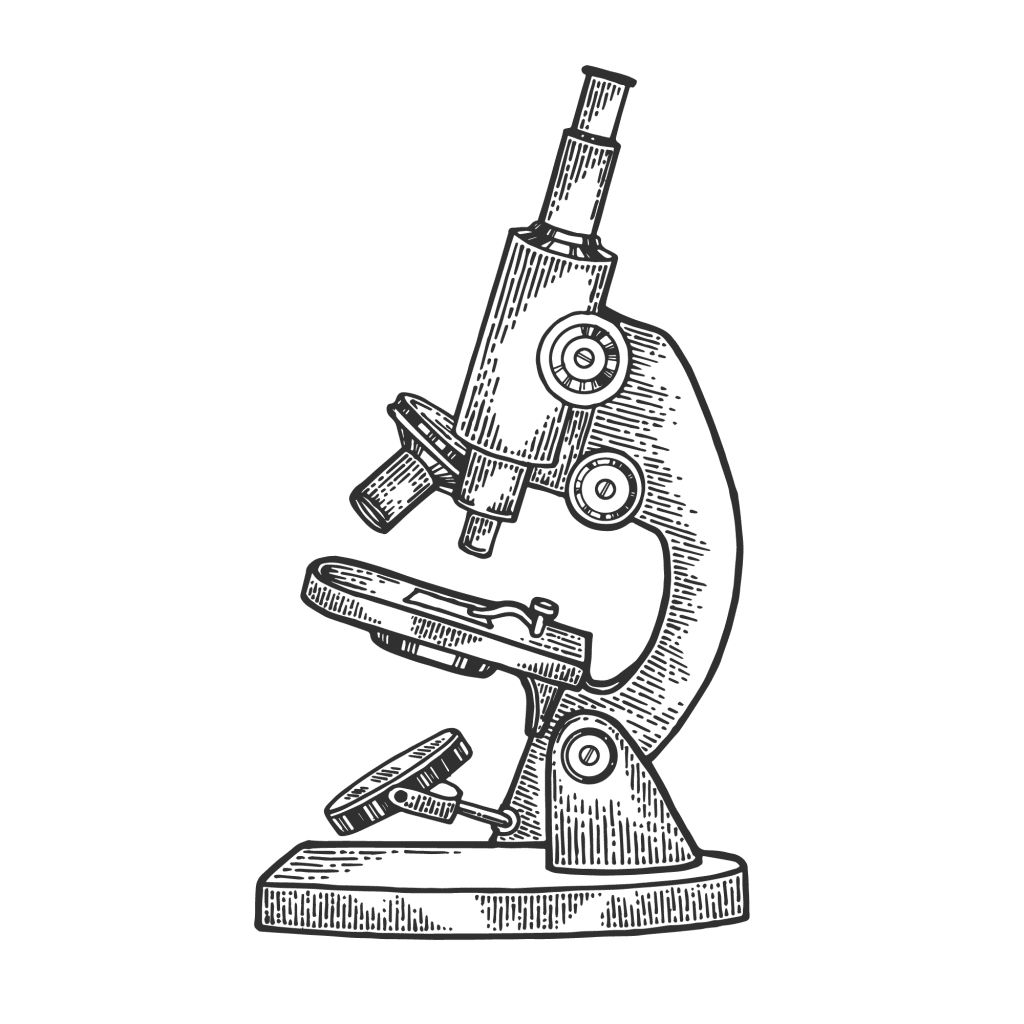
Does LSD Cause a Hangover?
LSD doesn’t cause a “hangover” in the typical way you might think — like waking up the next morning from a night of binge drinking beers.
The hangover from an LSD trip is best described as mental exhaustion.
LSD keeps the mind active and overstimulated with sights, sounds, and intense emotions for up to 12 hours — and during this time, you could forget to drink water or eat, leading to reduced energy levels and general lethargy the next day.
The compound itself isn’t shown to have detrimental effects on the body resulting in a traditional hangover. LSD users find that staying well hydrated throughout the trip and getting enough sleep is the best way to mitigate the LSD hangover.
LSD For Therapy
While research is still new and fairly limited, psychedelic compounds like LSD, under the guidance of professionals, have the potential to revolutionize mental health care for treating drug addiction and mental illness through Psychedelic-Assisted Psychotherapy (PAP).
LSD, psilocybin, MDMA, and ketamine temporarily shift our conscious experience. Alongside traditional forms of therapy (group therapy, psychotherapy, and meditation) and the guidance of experts, many people find success in creating lasting changes for the better in treating depression, anxiety, and addiction.
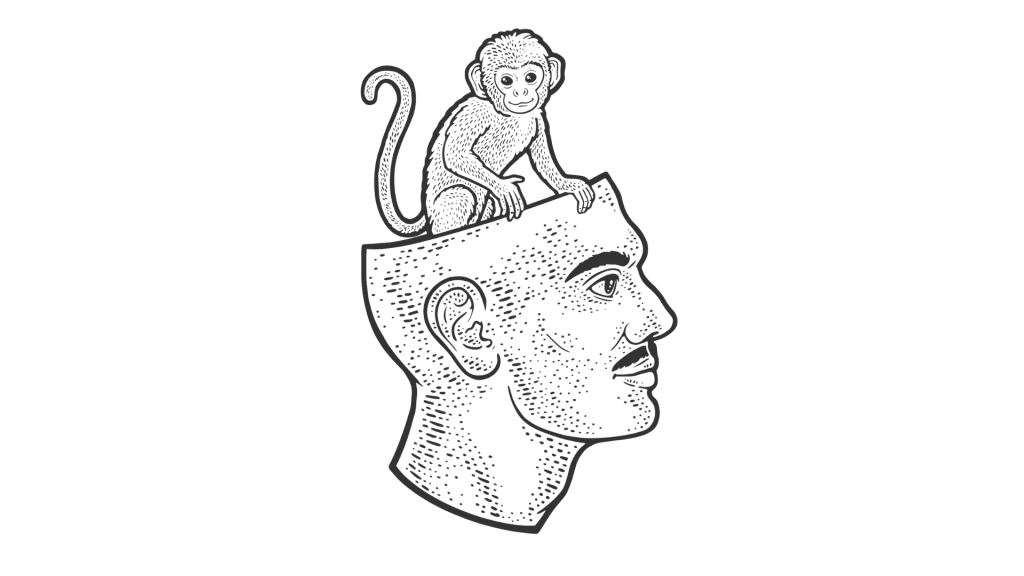
Getting Treatment For LSD Addiction
Many cultures worldwide from ancient times and still today use psychedelic compounds as rights of passage, medicine, and to better understand themselves and the world around them — but they should never be relied upon as a crutch for escaping reality.
If you’re unsure as to whether you or a loved one has an LSD addiction, ask the following questions:
- Are you using the substance to escape from painful experiences?
- How often do you find yourself taking it?
- Are you neglecting relationships and responsibilities because of your substance usage?
If any of these questions hit too close to home, you should consider reaching out to a certified addiction professional. While LSD isn’t a compound that creates a physical dependency, it is entirely possible to become habitually hooked on escaping reality and develop a hallucinogenic dependency.
Addiction treatment methods like relapse prevention and support groups with the guidance of a certified addiction professional have proven effective for many people.
Resources:
- Buchborn, T., Grecksch, G., Dieterich, D. C., & Höllt, V. (2016). Tolerance to lysergic acid diethylamide: overview, correlates, and clinical implications. Neuropathology of Drug Addictions and Substance Misuse, 846-858.
- Goldstein, R. Z., & Volkow, N. D. (2011). Dysfunction of the prefrontal cortex in addiction: neuroimaging findings and clinical implications. Nature reviews neuroscience, 12(11), 652-669.
- Nichols, D. E., & Grob, C. S. (2018). Is LSD toxic?. Forensic science international, 284, 141–145.
- Baquiran, M., & Al Khalili, Y. (2020). Lysergic acid diethylamide toxicity.
- Pinna, F. E. D. E. R. I. C. A., Dell’Osso, B., Di Nicola, M., Janiri, L., Altamura, A. C., Carpiniello, B. E. R. N. A. R. D. O., & Hollander, E. (2015). Behavioral addictions and the transition from DSM-IV-TR to DSM-5. Journal of Psychopathology, 21(4), 380-389.

